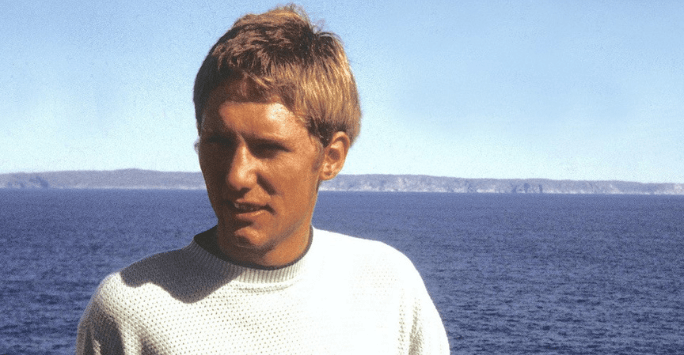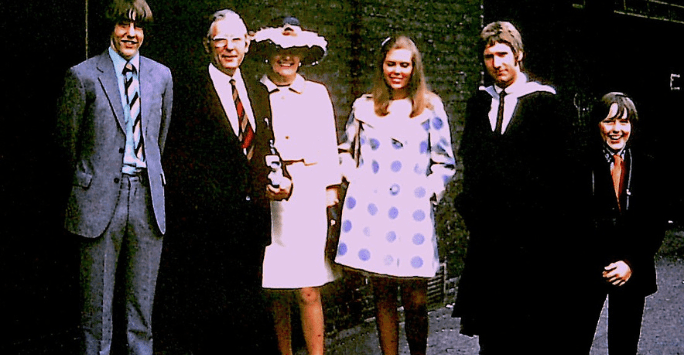
On graduation in 1972, Brian Boyd had no idea he would go into surgery and certainly no plans to end his career as Chief of Plastic Surgery and Health Sciences Clinical Professor of Surgery at UCLA. He recently joined fellow graduates at their 50 year reunion celebrations back on campus.
I was toying with the idea of psychiatry, reasoning that, as a specialty, it was under subscribed, and the career prospects would therefore be excellent. I am glad I did not follow this plan since it is no good spending your life doing something you do not enjoy, and I really did not enjoy psychiatry!
Practicing a specialty that interests you, and working in a friendly environment, makes every day a holiday.
Becoming a demonstrator in the Department of Anatomy took care of my Achilles heel, as I saw it: poor topographical knowledge of the human body. This served me well in my registrar rotations in Liverpool, allowing me to obtain the Fellowship of the Royal College of Surgeons (FRCS) in 1976. By then I had done six months of plastic surgery at Whiston, and now there was no going back.
 Graduating from Liverpool School of Medicine in 1972
Graduating from Liverpool School of Medicine in 1972
Career advice from Mr David Maisels FRCS(Ed) suggested that completing a residency in plastic surgery in North America might put me in an advantageous position to obtain a consultancy back in the UK.
Every trainee is entitled to one lucky career break. Here was mine.
I went to Toronto for interview thinking it was like seeking a Senior House Officer (SHO) position in the NHS at the bottom of some vast pyramid – a ‘chip shot.’ It wasn’t. Getting into a residency programme is highly competitive and practically assures you of a staff position (consultancy) once you finish. How I was selected from the dozens of applicants, I do not know, but a letter from Mr Maisels may well have had a lot to do with it.
 Then and now
Then and now
At the end of this four-year residency and having passed the ‘boards’ (Royal College of Surgeons of Canada - FRCSC), I was a fully trained plastic surgeon and now confronted with the difficult choice of either accepting a (consultant) academic position at Toronto General Hospital or going back to the UK as an SHO. I decided to stay in Toronto, and after a year’s fellowship in microsurgery at the University of Melbourne, Australia, I took up the position in Toronto.
In North America, only about 15 percent of plastic surgeons work in universities or other academic institutions.
Their function there is to teach residents and medical students, treat patients, perform administrative duties, and carry out research. I spent 11 years at the University of Toronto before moving to the United States to become the Chair of Plastic Surgery at the Cleveland Clinic Florida. There, I started a residency training programme and, after another 11 years, I was recruited by UCLA where I am now winding down my career.
My advice to students is to pursue your dreams and take advantage of opportunities that present themselves (as they will) to achieve your goals.
Consider that all doors are open to you, and don’t listen to nay-sayers, some of whom may be your friends.
Discover more
- Weighing up your future career options? about your future career path? Head to the Careers Support section of the student intranet (link) for dedicated careers advice and access to an exclusive catalogue of medical specialty videos.
- Interested in plastic surgery? Why not join societies LivPlast (link) or Surgical Scousers (link) via Liverpool Guild of Students.
- Are you one of our School alumni and have a story to share? Or do you know someone you would like us to spotlight? Drop us a line at mednews@liverpool.ac.uk.
- Get insights and advice from School Alumni as they reminisce on their days at Liverpool and the careers they went on to create on our Alumni Stories webpage (link).